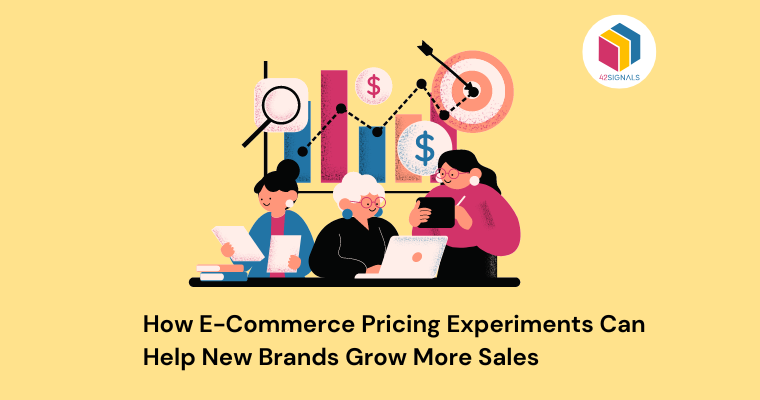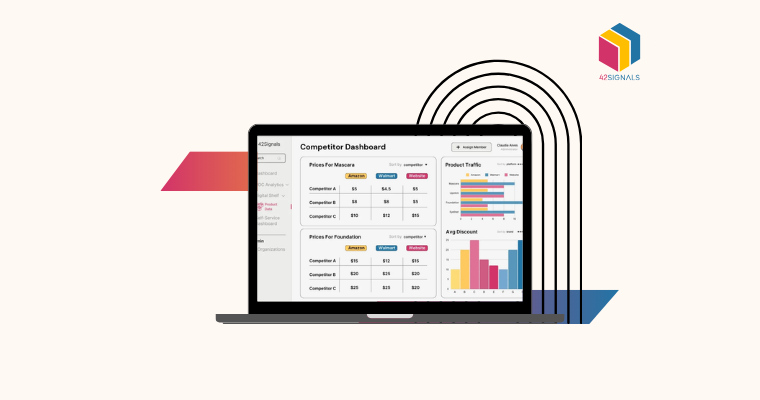Pricing is not just a number on a tag; it is a dynamic tool that can influence consumer perception, competitive positioning, and overall sales performance. For emerging brands, experimenting with pricing is crucial to discovering the optimal balance between profitability and competitiveness. That’s where the importance of e-commerce pricing experiments increases and in this article, we’ll look at how it can help new brands increase sales.
What are Pricing Experiments?
Pricing experiments involve testing different pricing strategies to determine what resonates best with consumers and maximize sales and profits. This practice is deeply rooted in the concept of pricing science, which uses data analytics and behavioral insights to set prices that align with consumer demand and competitive landscapes. By leveraging e-commerce platforms’ flexibility, brands can quickly adjust prices and analyze the results, allowing them to refine their strategies continually.
Science Behind E-Commerce Pricing Strategies
Pricing science combines data analytics, psychology, and economics to establish pricing strategies that align with market demand and consumer behavior. For new e-commerce brands, leveraging pricing science means using data to inform decisions about how to price products competitively while ensuring profitability.

Image Source: Corrily
Pricing science involves several key components:
- Data Analysis: Using historical sales data, market trends, and consumer behavior to inform pricing decisions.
- Behavioral Insights: Understanding how consumers perceive value and make purchasing decisions.
- Market Dynamics: Analyzing the competitive landscape to ensure prices are aligned with or superior to those of competitors.
By integrating these elements, new brands can make informed decisions that optimize their pricing strategies for growth.
The Importance of E-Commerce Pricing Experiments
E-commerce price experiments are essential for new brands for several reasons:

Image Source: Prisync
- Understanding Consumer Behavior: By experimenting with different pricing models, brands can gain insights into how price changes affect consumer purchasing behavior. This understanding is critical for setting prices that appeal to target audiences and drive conversions.
- Competitive Advantage: In a crowded marketplace, competitive pricing is a powerful tool. By monitoring competitors and adjusting prices accordingly, brands can position themselves more favorably in the eyes of consumers.
- Maximizing Profit Margins: Pricing experimentations allow brands to find the sweet spot between attracting customers and maintaining healthy profit margins. By testing various price points, brands can identify the optimal pricing that maximizes profits without deterring customers.
- Adapting to Market Changes: The e-commerce landscape is dynamic, with market conditions and consumer preferences constantly shifting. Price change analysis enables brands to stay agile, quickly adapting their strategies to respond to changes in demand or competitive pressures.
Key Elements of Successful Pricing Experiments
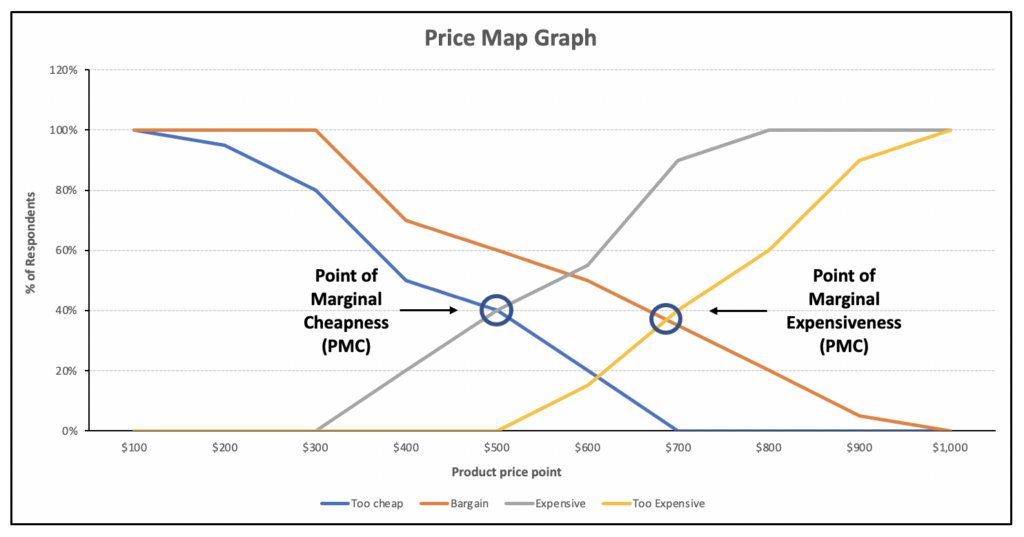
Image Source: First Principles
For pricing experimentation to be effective, brands need to consider several critical elements:
1. Setting Clear Objectives
Before embarking on a pricing experiment, brands must define their goals. Are they looking to increase sales volume, maximize profits, or capture market share? Clear objectives guide the design of the experiment and help measure its success.
2. Choosing the Right Metrics
Selecting appropriate metrics is vital for evaluating the outcomes of pricing experiments. Common metrics include conversion rates, average order value, profit margins, and customer lifetime value. By tracking these metrics, brands can assess the impact of pricing changes on their business performance.
3. Testing Different Pricing Models
Brands should experiment with various pricing models to determine which works best for their products and target audience. Some common pricing models include:
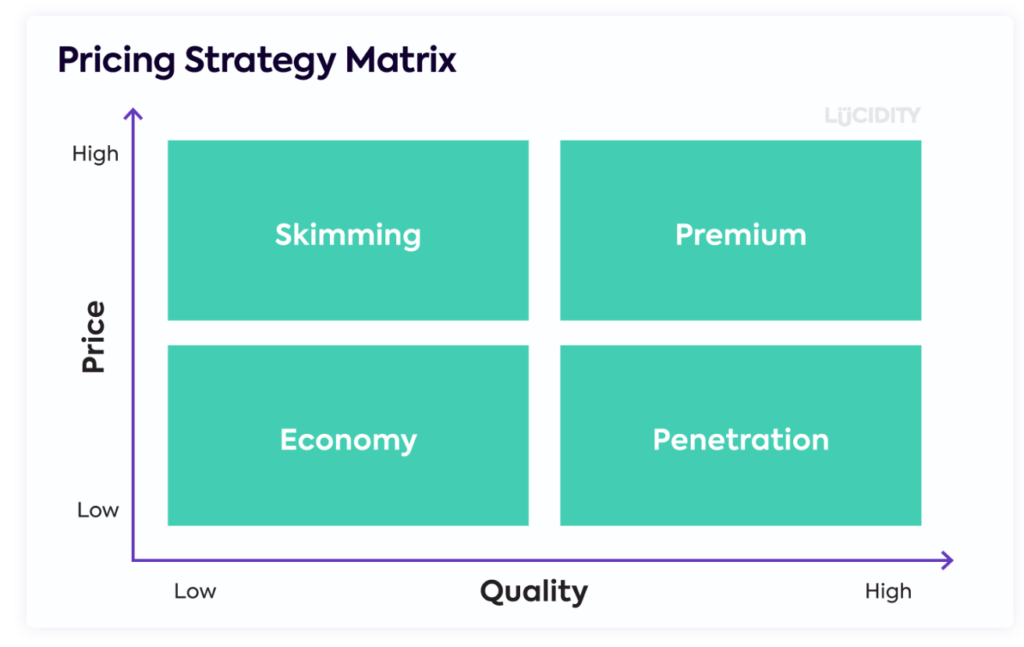
Image Source: Elextensions
- Dynamic Pricing: Adjusting prices in real-time based on demand and competitor pricing.
- Psychological Pricing: Using pricing strategies that appeal to consumer psychology, such as setting prices just below round numbers (e.g., $9.99 instead of $10).
- Discount Pricing: Offering temporary discounts or promotions to boost sales.
- Bundling: Packaging multiple products together at a discounted rate.
4. Competitor Monitoring
Competitor monitoring is a critical component of e-commerce pricing experiments. By keeping a close eye on competitors’ pricing strategies, brands can identify opportunities to differentiate themselves and attract customers. Tools and software solutions can automate competitor monitoring, providing real-time insights into market dynamics.
The Role of Technology in Experimenting with Pricing
Advancements in technology have made it easier for brands to conduct pricing experimentation effectively. Platforms like Amazon have pioneered dynamic pricing algorithms that automatically adjust prices based on a variety of factors, including demand, competition, and inventory levels. New brands can leverage similar technologies to optimize their pricing strategies.
Amazon Price Optimization
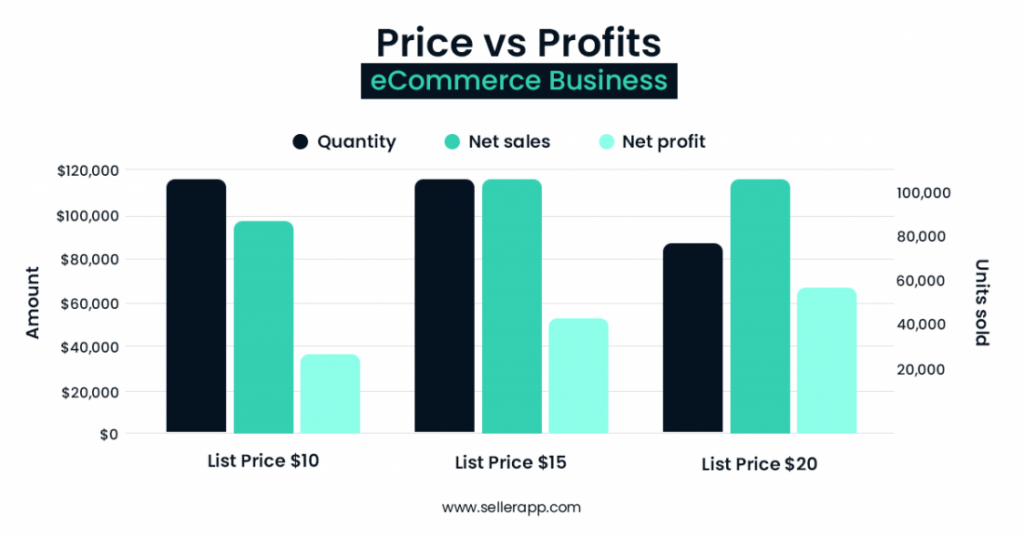
Images: Seller App
Amazon is a leader in price optimization, using sophisticated algorithms to set prices that maximize sales and profits. For new e-commerce brands, understanding Amazon’s approach can provide valuable insights into effective pricing strategies. Key aspects of Amazon’s price optimization include:
- Real-Time Adjustments: Prices are continuously updated based on market conditions and consumer behavior.
- Data-Driven Decisions: Pricing decisions are informed by extensive data analysis and machine learning.
- Competitive Benchmarking: Amazon monitors competitors closely to ensure its prices remain competitive.
By adopting similar practices, new brands can enhance their pricing strategies and boost sales.
How to Effectively Implement Pricing Experiments?
For new brands looking to implement pricing experimentations, the following step-by-step guide can help ensure success:
Step 1: Define Objectives
Clearly outline the goals of the pricing experiment, whether it is to increase sales, boost profits, or capture market share.
Step 2: Collect and Analyze Data
Gather relevant data on consumer behavior, market trends, and competitor pricing. Use this data to inform the design of the experiment.
Step 3: Design the Experiment
Choose the pricing models to test and select appropriate metrics for evaluation. Ensure that the pricing experiment is structured to provide actionable insights.
Step 4: Execute and Monitor
Implement the pricing experiment and closely monitor the results. Use real-time data to make necessary adjustments and optimize performance.
Step 5: Evaluate and Iterate
Analyze the outcomes of the experiment and assess its success against the defined objectives. Use the insights gained to refine pricing strategies and inform future experiments.
Conclusion
E-commerce pricing experiments are a powerful tool for new brands seeking to grow sales and establish a competitive edge.
As technology continues to advance, the ability to experiment with pricing will become increasingly sophisticated, offering new opportunities for brands to succeed in the dynamic world of e-commerce.
Pricing experiments start with the right competitor intelligence and understanding your industry and category better, schedule a demo with 42Signals. We provide accurate and in-depth customer data customized to your requirements and needs.
